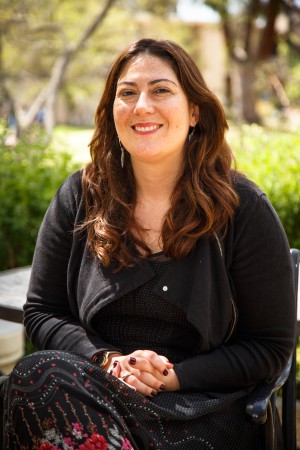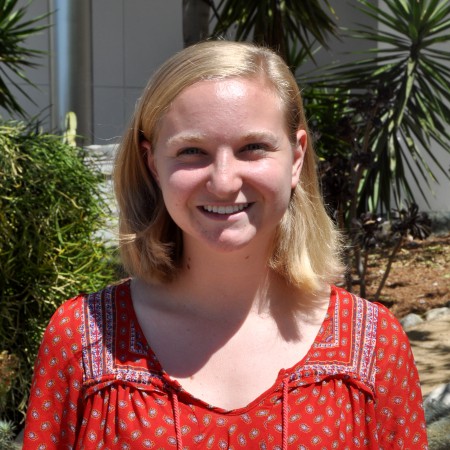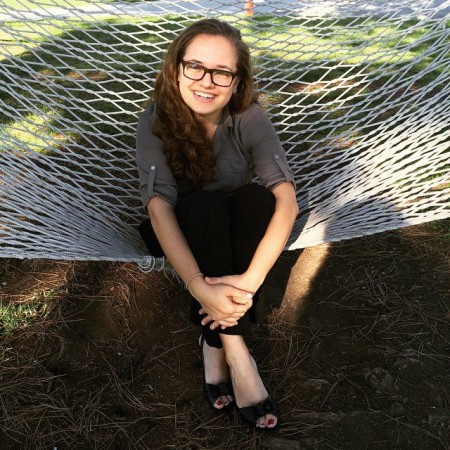Next up on the Spotlight series is Professor Elizabeth Affuso, interviewed by Kat ’18. Topics in this interview range from interdisciplinary youth culture to social media after the recession!
Elizabeth Affuso
Professor and Academic Director of Intercollegiate Media Studies
Field Group: Media Studies
Research Interests: Spectatorship, Fandom, Branding, Technology, Architecture, Moving image media art, and Reality television
Some Classes She’s Taught: Social/Media, Introduction to Media Studies
Little Known Fact: She graduated from NYU and worked in television advertising and film programming prior to working at Pitzer!
Kat Harhai: What makes Pitzer stand out from other institutions?
Elizabeth Affuso: Pitzer stands out in that it really is an institution that values many forms of community building and intellectual expression. Students are encouraged to pursue these practices in creative ways both in the classroom and in the larger campus environment. For me, this practice is most visible in the murals on Mead Hall, which evolve and change in relationship to the campus community climate.
KH: How would you describe a Pitzer student?
EA: Pitzer students are intellectually curious, confident, creative, and political.
 “Pitzer students are intellectually curious, confident, creative, and political.”
“Pitzer students are intellectually curious, confident, creative, and political.”
KH: What are your relationships with students like?
EA: I have close relationships with many students, which is something that the Pitzer environment fosters. It’s a small school, so often you have students in a variety of courses over their time here, which allows you to see them evolve. Pitzer’s campus design also creates an intimacy between students and faculty, so that you see students not only in class, but also outside the classroom in the dining hall, at special events, and in the gym!
KH: What do you love about what you do?
EA: I feel very lucky to teach Media Studies because students have a lot of exposure to media texts outside the classroom and it’s fun to give them the tools to reframe these objects in theoretical/historical ways. Additionally, contemporary culture is very media based and I think it’s important for everyone to have the tools of media literacy to navigate this 24/7 media environment regardless of the profession they end up working in.
“I think it’s important for everyone to have the tools of media literacy to navigate this 24/7 media environment regardless of the profession they end up working in.”
KH: What is your favorite course to teach, or favorite course you have taught in the past?
EA: Introduction to Media Studies is my favorite course to teach because it is the first exposure many students have to field of Media Studies.
KH: One of Pitzer’s Core Values is interdisciplinary learning; how has this played into your research, academic focus, or learning objectives for your classes?
EA: I developed Youth Culture, my first year seminar, to be an interdisciplinary course. The course takes theoretical texts and objects of study from Media Studies, Literature, Music, Art, and Cultural Studies. It was fun for me to be able to teach a course that brought in some of my areas of interest that are outside of my home discipline.
KH: What research are you doing here at Pitzer?
EA: I’m currently working on a book project that examines post-feminist consumer cultures in the digital era, especially as related to the sharing economies that developed in spaces like YouTube, Pinterest, and Instagram after the recession. I think much of my interest in this topic stems from my conversations with students about how they exist in digital culture. These conversations also inspired me to develop Social/Media, a new course that I’m currently teaching.
Posted by Kat Harhai ’18, Environmental Analysis & Feminist Studies and Katie Shepherd, Admission Counselor

